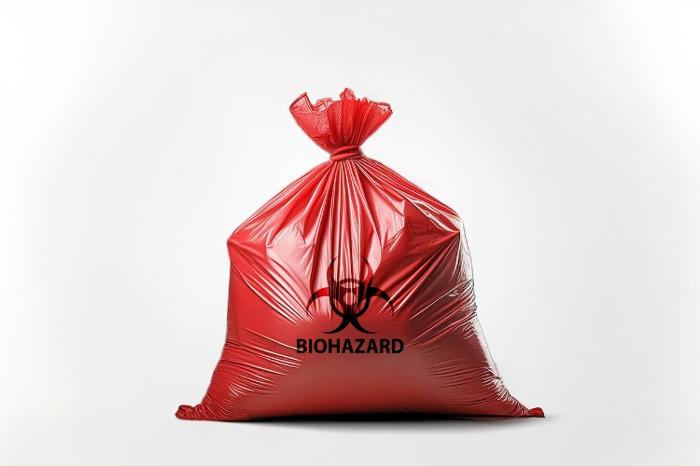MEDICAL PACKAGING

Medical Packaging
The design and labeling of medical packaging are crucial as they directly relate to patient safety and the efficiency of healthcare professionals. An effective medical packaging should possess the following features:
Safety:
Packaging must ensure that medical products remain undamaged during transportation and storage, and prevent unauthorized access to the contents. This helps to reduce the risk of product contamination or damage, while safeguarding patient safety.
Ease of identification:
Medical packaging should clearly label its contents and purpose to ensure accurate identification and use by healthcare personnel and patients. Clear labeling can reduce the occurrence of misuse and errors, enhancing medical quality.
Convenience of use:
Packaging design should consider the practical operational needs of healthcare personnel in fast-paced medical environments, ensuring that products are easy to open, use, and dispose of. This can save time and reduce the risk of operational errors.
Environmental friendliness:
Medical packaging should use recyclable materials whenever possible and minimize unnecessary packaging waste to reduce environmental impact. Additionally, packaging design should consider the product lifecycle to minimize waste generation.
Overall, an excellent medical packaging should balance safety, clarity, convenience, and environmental friendliness to ensure optimal healthcare services and patient care.
Advantages Professional Description
Safety
Packaging must ensure that medical products remain undamaged during transportation and storage, and prevent unauthorized access to the contents. This helps to reduce the risk of product contamination or damage, while safeguarding patient safety.
Ease of identification
Medical packaging should clearly label its contents and purpose to ensure accurate identification and use by healthcare personnel and patients. Clear labeling can reduce the occurrence of misuse and errors, enhancing medical quality.
Convenience of use
Packaging design should consider the practical operational needs of healthcare personnel in fast-paced medical environments, ensuring that products are easy to open, use, and dispose of. This can save time and reduce the risk of operational errors.
Environmental friendliness
Medical packaging should use recyclable materials whenever possible and minimize unnecessary packaging waste to reduce environmental impact. Additionally, packaging design should consider the product lifecycle to minimize waste generation.